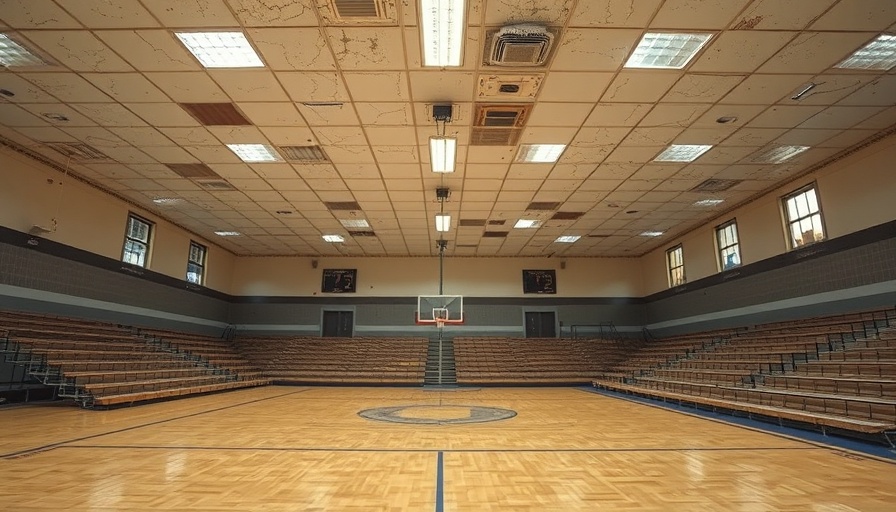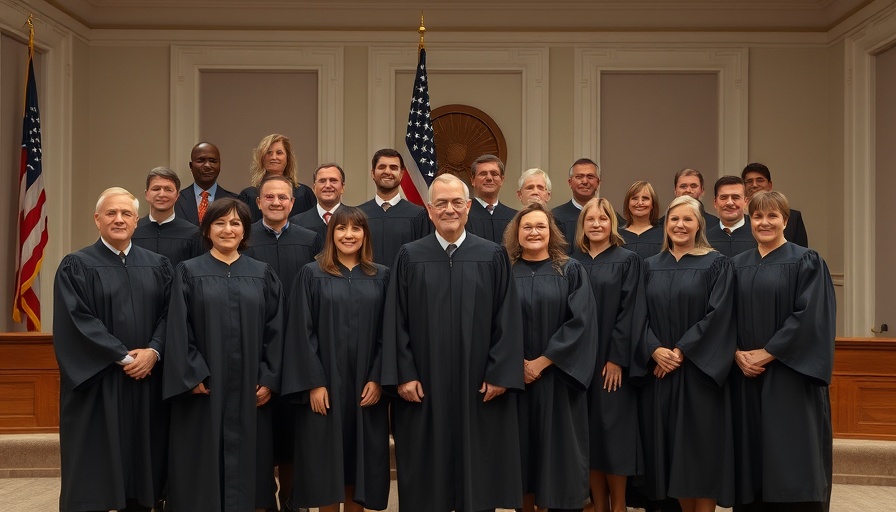
The Urgent Need for School Building Upgrades in Michigan
In a revealing report, Michigan's K-12 schools are projected to require nearly $23 billion in facility upgrades and repairs over the next decade. This significant figure has ignited discussions among educators and policymakers about the urgent necessity for enhancements.
This staggering figure includes a staggering $10.9 billion allocated solely for basic repairs, a reflection of the deterioration many school buildings are suffering. Initiatives like repairing HVAC systems and roofing also fall under this category, suggesting that foundational needs must take precedence in discussions of budget allocations. Kenneth Gutman, the superintendent of Oakland Schools, emphasizes that students should learn in environments that meet basic safety and health standards.
Challenges in School Funding
Michigan schools face a challenge unique to the state: there is no direct funding available for facility maintenance. Instead, districts are compelled to seek voter approval for necessary funds, a process that can often be long and complex. The responsibility of securing financial resources for upgrades rests heavily on local districts, leaving many educators frustrated by the bureaucratic hurdles they encounter.
"We know what the facility needs are, and now we need to decide as a state what we want to do about it," Gutman remarked. This highlights the need for collective action among state leaders to reassess the existing funding structures and establish a more equitable system for school investments.
A Look At The Bigger Picture
The report arises from a comprehensive assessment by the School Finance Research Foundation, which calls attention to the true costs of maintaining Michigan's educational facilities. It acts as a vital resource in illuminating existing inequities in the school funding landscape. Previous studies conducted by the same foundation have successfully spurred legislative discussions, leading to improved funding models targeting the state's most vulnerable students.
Equity in Education: Expanding Access to Resources
Efforts have been made to penetrate the issues surrounding vulnerable student populations, particularly through funding initiatives launched under Governor Gretchen Whitmer. Insights gleaned from the current report frame these measures within a larger context. As state leaders continue to refine funding systems, both the immediate and long-term implications for Michigan’s educational framework remain a significant concern.
As various factors—like low-income family backgrounds, students with disabilities, and English language learners—are entangled in the funding discussion, it is essential to ensure that financial resources are allocated equitably. This analysis calls on state officials to rethink Michigan’s policy decisions regarding school funding and maintenance.
Future Predictions and Opportunities for Reform
The current state of Michigan’s school buildings poses not just a crisis, but an opportunity for comprehensive reform that addresses systemic inequalities. If invested wisely, the proposed renovations could foster environments in which students can thrive educationally and socially.
Optimism amongst some leaders suggests that educational advancements will come with time, especially if there is a commitment from both educators and policymakers to collaborate on this critical issue. The anticipated upgrades could lead to improved learning outcomes for students, setting a precedent for similar improvements nationwide.
Conclusion: Call for Collective Action
This $23 billion figure isn’t just a number; it’s a designation of the future of Michigan's education system. As discussions elevate among policymakers, the urgency of addressing these facility needs becomes evident. Denying students safe and adequate learning spaces can hamper their educational experiences, thus emphasizing the importance of building robust systems for funding upgrades across the state.
Michigan stakeholders, neighbors, and community leaders must unite to advocate for educational equity and better facility management. It is time to inspire collective action to ensure that every student in Michigan has access to a safe and adequately equipped learning environment. By addressing these infrastructure challenges, the state can take a decisive step toward fostering a vibrant future for its students.
 Add Row
Add Row  Add
Add 




 Add Row
Add Row  Add
Add 

Write A Comment